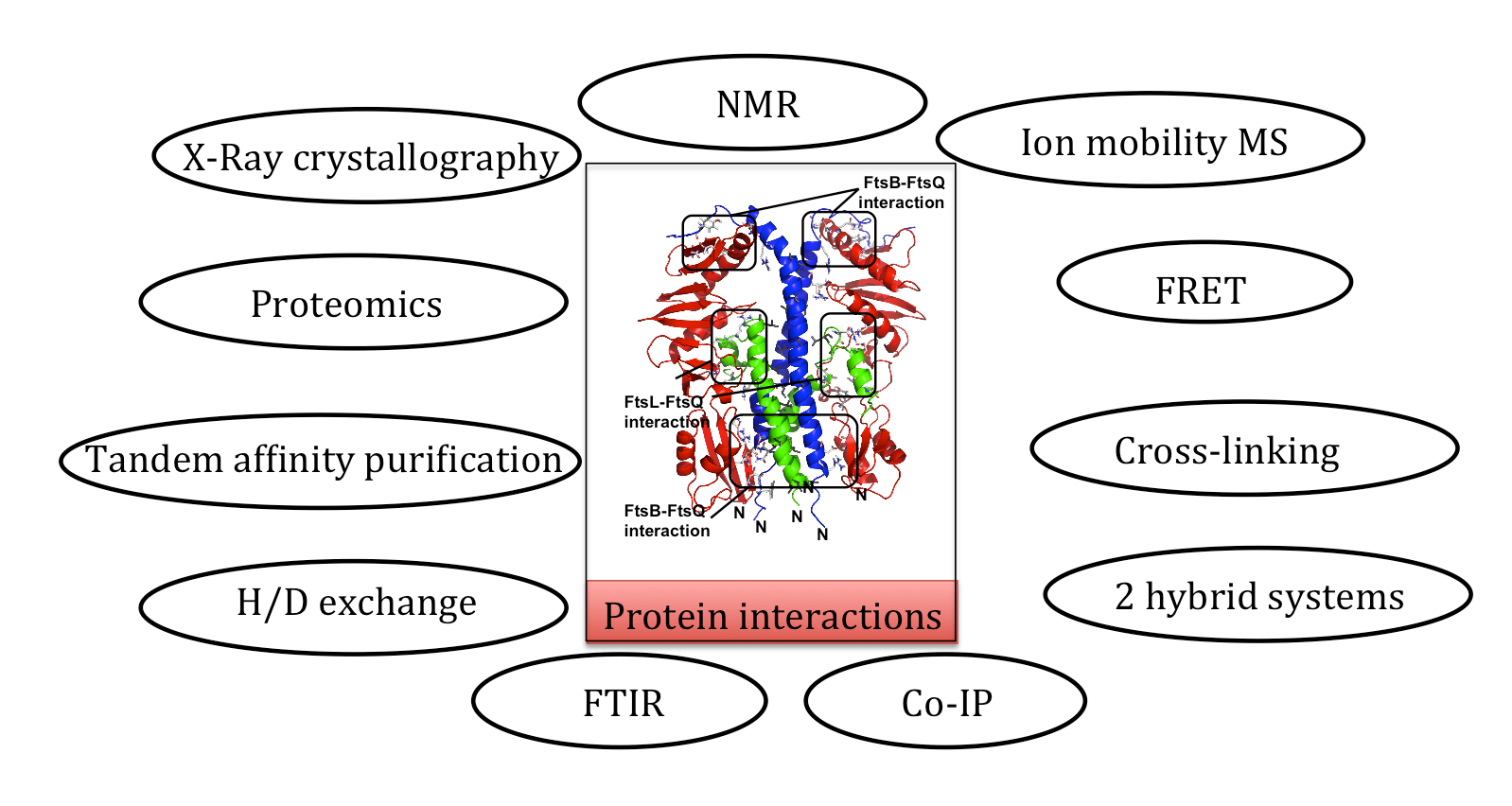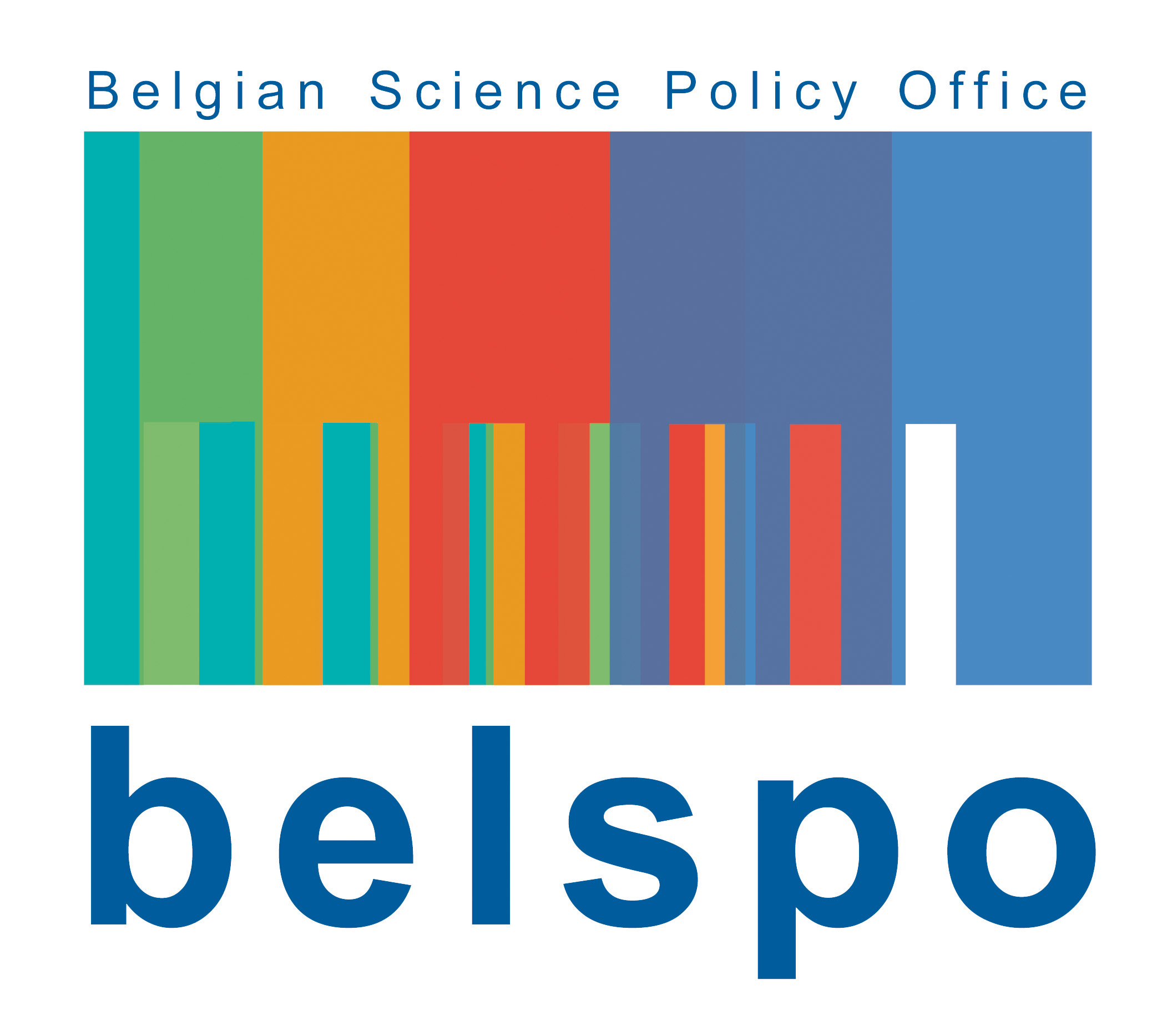IAP/Belspo P7/44 project
Integrative Protein Science (iPROS)
Work package 4: Supramolecular interactions and cellular metabolism (Partners P1, P2, P4, P6, INT2, INT3)
Proteins do not act as isolated entities. In a cellular context, they are strongly affected by interactions with other biomolecules. In this workpackage, we aim to gain further insights into the nature of transient and permanent protein:protein interactions, and of interactions of proteins with other macromolecules such as RNA. Within the iPROS consortium, a wide range of technologies is available which allows us to combine biophysical, biochemical and proteomic approaches to study interactions between proteins in both supramolecular assemblies (‘protein machines’) and signaling networks (Fig. 1). Fundamental biophysical principles of macromolecular interactions will be obtained from studies on a set of model systems selected from existing research topics amongst the partners. Our aim is to integrate this work with functional understanding of aspects about general bacterial and plant cellular growth and homeostasis, or about their adaptation to environmental stresses.

This workpackage consists of two major themes.
First, we will study the structural components of two protein supramolecular assemblies that strongly interact with other macromolecular structures, respectively the bacterial cell wall and RNA. The first structure is the bacterial divisome and directly correlates with WP3. The divisome is a membrane linked protein complex that synthesizes the peptidoglycan of the septum that divides the cell into two daughter cells during bacterial cell division. It is a multienzyme complex, consisting of the glycosyltransferase/transpeptidase activities for PG synthesis, together with structural components that align the enzymes with the central cytoskeletal FtsZ ring and other accessory proteins necessary for proper functioning of the complex. More specifically, we will focus on the interactions between the membrane components of the complex using proteoliposomes that were developed during the IAP6 program. Our second model system involves the spliceosome machinery [36] Posttranscriptional control of gene expression is an integrative process which requires multicomponent machineries. In higher eukaryotes most nuclear genes are interrupted by introns that must be accurately excised from pre-mRNAs to give rise to functional mature mRNAs. This project aims a better functional understanding of structural and biochemical features of essential RNA-binding proteins, i.e. the SR-rich proteins.
The second theme of WP4 is focusing on cellular regulatory mechanisms involving short transient protein interactions and signaling through post-translational modifications such as phosphorylation. More specifically we aim to use proteomic approaches to unravel regulatory processes that allow the cell to cope with stress conditions affecting the cellular homeostasis. The specific research topics considered in this task correlate directly with items that appear in WP2 (metal stress adaptation) and WP3 (antibiotic resistance).
Bibliography
[35] Villanelo et al. (2011), BMC Struct Biol. 11:28[36] Wahl, M.C.,et al. (2009), Cell 136: 701-718.
For more details, go to the detailed WP4 project
Go to WP1 Go to WP2 Go to WP3 Go to WP5 Go to WP6

